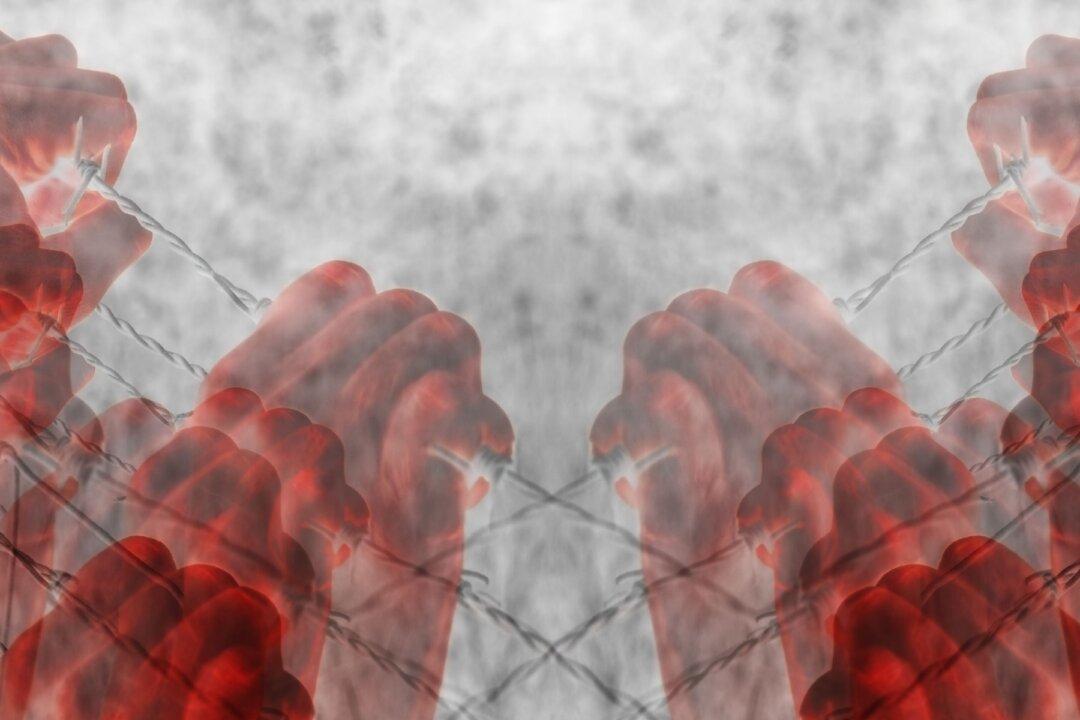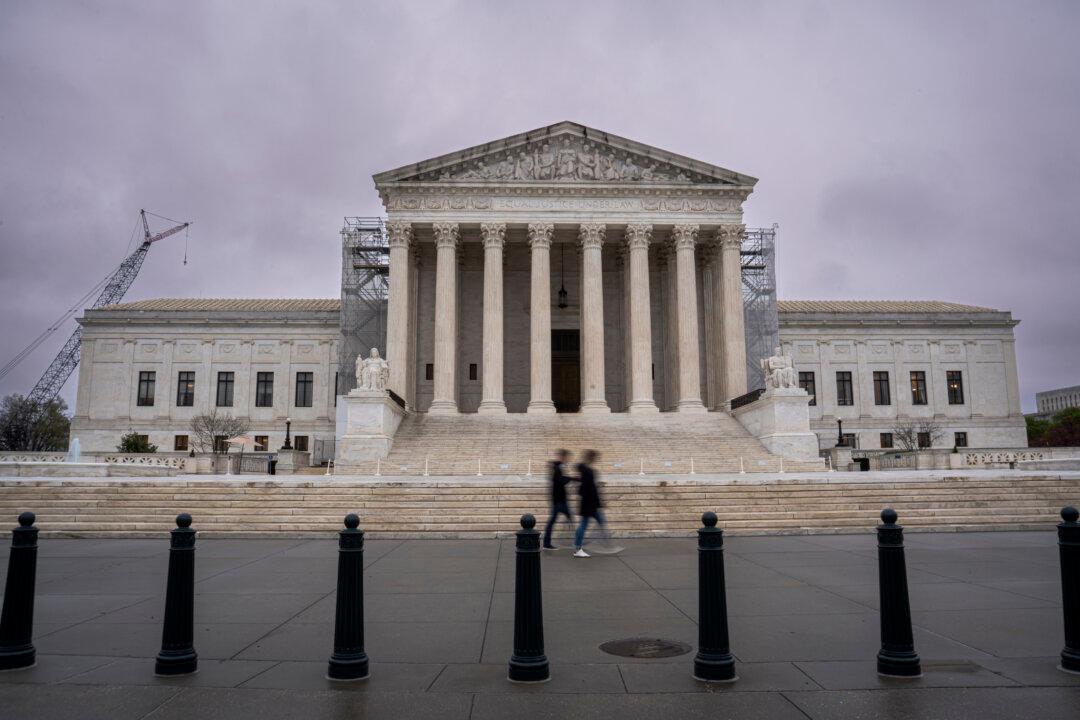Commentary
Along with my co-plaintiffs, I was at the Supreme Court two weeks ago for oral arguments in our Murthy v. Missouri case, in which we are challenging the federal government’s alleged censorship on social media. The Supreme Court will likely rule in June whether to uphold, modify, or strike down the Fifth U.S. Circuit Court of Appeals’ injunction against five federal agencies, in what, the district court judge wrote, “arguably involves the most massive attack against free speech in United States’ history.”





